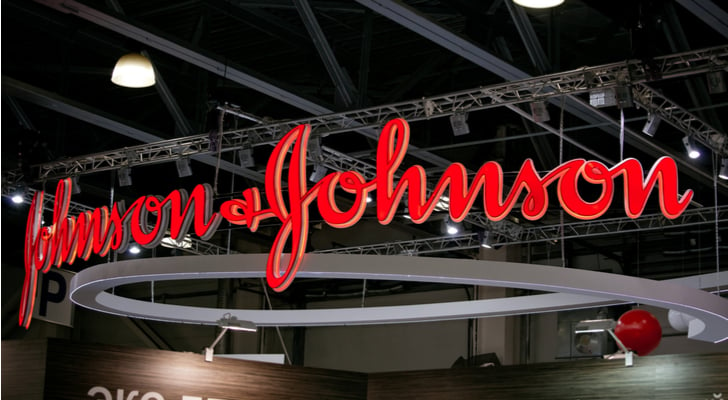It could have been worse for Johnson & Johnson (NYSE:JNJ) last quarter, although given the slightly bearish response from JNJ stock last week, the market also thinks it could have been better.
Whatever the case, while investors were disappointed, they may want to take a step back and look at the bigger picture. Though the market was clearly expecting more of a beat and/or more compelling guidance, more than a handful of investors may be ignoring how Johnson & Johnson is successfully refocusing on cancer drugs, offsetting patent expirations on other products.
Better still, the company’s got a plan to further beef up its research and development without taking anything away from shareholders.
JNJ Earnings Recap
For the quarter ending in March, Johnson & Johnson turned $20.0 billion in revenue into an operating profit of $2.06 per share. The bottom line was better than the $2.00 per share of JNJ stock that analysts were modeling, and the top line was better than the sales outlook of $19.5 billion. Revenue was also up 12% on a year-over-year basis, and earnings rolled in stronger than the year-ago comp of $1.86.
Though it’s better known for its baby products and consumer goods like Band-Aids, last quarter’s shining star was its pharmaceutical arm. Worldwide sales of pharmaceuticals grew more than 19%, with oncology drugs leading the way. Its cancer portfolio saw revenue improve to the tune of 45%, led by growth in sales of Darzalex and Zytiga. The former added $432 million to the top line, and the latter contributed $845 million. Zytiga, for prostate cancer, boasted sales growth of 62%, while Darzalex revenue grew 45%.
Sales of Imbruvica reached $587 million, up nearly 44% on a year-over-year basis.
Its consumer products did well enough, though. Sales of goods like Band-Aids and Tylenol were up 5.3% to $3.4 billion. And sales of medical devices grew 7.5% to $6.8 billion.
CEO Alex Gorsky said of the results, “Our Pharmaceutical business continues to deliver robust growth and we are pleased with the improvement in our Consumer business. In our Medical Devices businesses, we have areas of leadership and continue to make investments and portfolio choices to improve performance.”
Headwinds for JNJ Stock
While last quarter was a healthy one, JNJ stock owners were understandably concerned about a couple of red flags.
One of them is the ongoing deterioration of Remicade sales. The rheumatoid arthritis drug saw its revenue slide nearly 17% lower during the first quarter, to $1.4 billion, as cheaper alternatives have come to the market.
Last quarter’s revenue was also, in a sense, exaggerated. As University of Michigan’s Ross School of Business professor Erik Gordon
explained, “They did just okay on an operating basis when you strip out growth bought via acquisitions.”
The big acquisition in question was Actelion Ltd. Purchased in early 2017, JNJ reported that Actelion added 7.6% to last quarter’s sales growth. Without that deal — and factoring in divestitures — worldwide sales were only up 7.5%.
Still, Gordon conceded, “The good news is that some of their newer products with patent life left in them are selling well.”
The company also had to spend heavily to launch its new psoriasis treatment Tremfya. Last quarter’s production costs were up 22%, while marketing and administration costs grew almost 11% year-over-year.
Looking Ahead for JNJ Stock
For the full year, Johnson & Johnson is still expecting to report a per-share profit of between $8.00 and $8.20. Its previous revenue guidance has been raised just a bit, though, to a range of between $81.0 billion and $81.8 billion. Analysts had been collectively calling for a top line of $81.3 billion and earnings of $8.11 per share of JNJ stock.
The recent overhaul of the U.S. corporate tax code is helping Johnson & Johnson, but the company isn’t necessarily passing all of those saving along to shareholders via the JNJ stock dividend or buybacks. Rather, as Gorsky said, “The U.S. tax legislation passed late last year is creating the opportunity for us to invest more than $30 billion in research and development and capital investments in the U.S. over the next four years.”
That’s 15% more than had previously been budgeted for R&D, which could significantly bolster an already impressive pipeline.
JNJ stock was down in response to the ho-hum quarter, but with a forward-looking price to earnings ratio of 15.1, longer-term thinking investors may want to think about wading in.
As of this writing, James Brumley did not hold a position in any of the aforementioned securities. You can follow him on Twitter, at @jbrumley.

